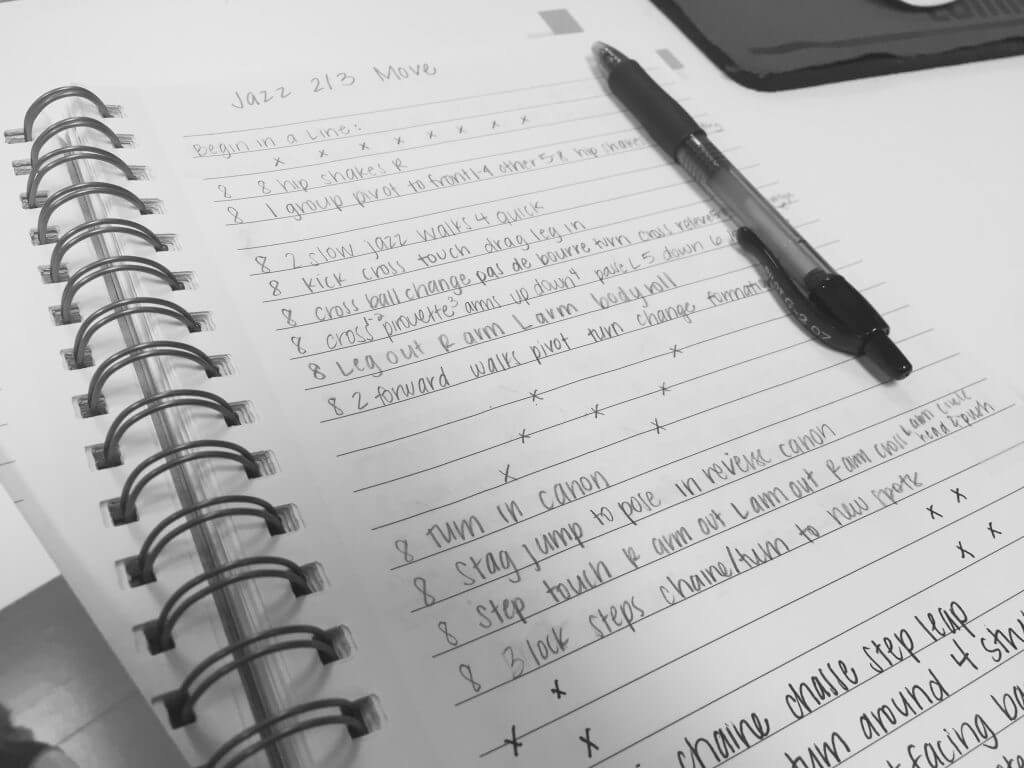 As I was beginning to choreograph my recital dances last week I started thinking of all of the things that go into choreographing. Recital is one of my favorite days of the year because the students have their one shot to show what they have been working for the past 9 months. Team activities often have weekly games where parents can regularly see their student's hard work, but in dance we get one weekend. There is so much more that happens behind the scenes than what parents get to see on recital day. Here are some things that go into recital choreography.
As I was beginning to choreograph my recital dances last week I started thinking of all of the things that go into choreographing. Recital is one of my favorite days of the year because the students have their one shot to show what they have been working for the past 9 months. Team activities often have weekly games where parents can regularly see their student's hard work, but in dance we get one weekend. There is so much more that happens behind the scenes than what parents get to see on recital day. Here are some things that go into recital choreography.
- Finding the balance between challenges and confidence. Often times the choreography you see on stage in the spring doesn't accurately represent all of the things the students have been working on in the classroom. The reason is because students can accomplish difficult skills in the classroom, but it can be challenging to remember those skills within choreography. When I choreograph my recital dances in January, I try to think of steps that will challenge the dancers so they continue to grow. I mix that up with moves I know they are already comfortable with because I want them to perform with confidence!
- Making sure every child has their chance in the spotlight. Starting from a young age I can feel the air leave the room when I start setting formations. Every student wants to be front and center. In all honesty, I don't think much about how I set the formations. Usually I do it according to height. When dancers get older sometimes I think about their strengths and put them in groups according to their strengths. Overall, I believe that every dancer deserves a chance in the spotlight. It makes them assume responsibility for the choreography, but most importantly it makes them feel valued.
- Putting together movement that is fun and creative! The students perform better when they are inspired by the dance. Whether it's the overall idea for the dance or that they really enjoy the movement, I try to make the dance as fun or inspiring for them as possible. I love watching students fall in love with what they are doing. People like watching dancers that look like they love what they are doing. This means I may not choreograph a dance filled with the hardest tricks set to a fun song. I don't want my dancers looking stressed out when they are performing, I want them dancing from their hearts.
Choreography isn't an easy task. Dances have to be creative, enjoyable to perform, and performed with confidence. The process of learning and performing choreography teaches students so many different lessons, and we value each one of those lessons as teachers. We can't wait to share our choreography with you this spring!